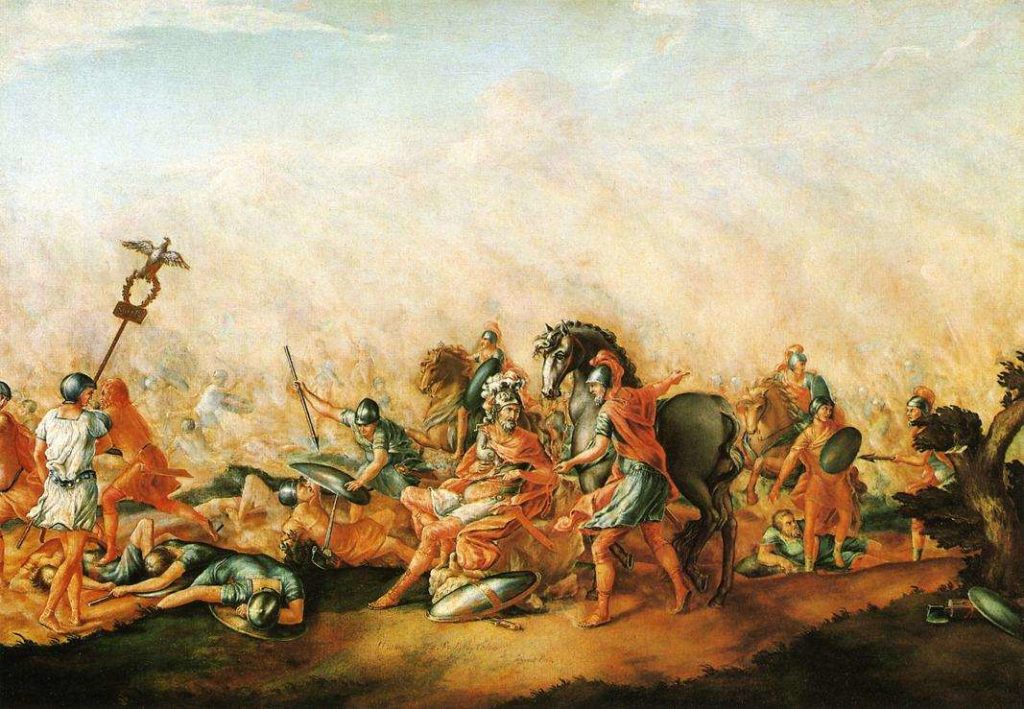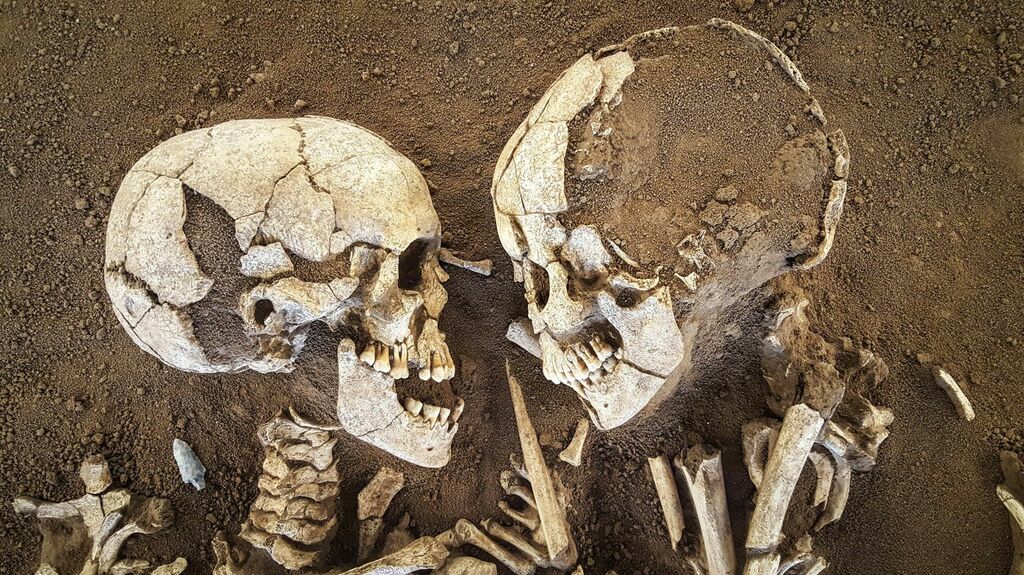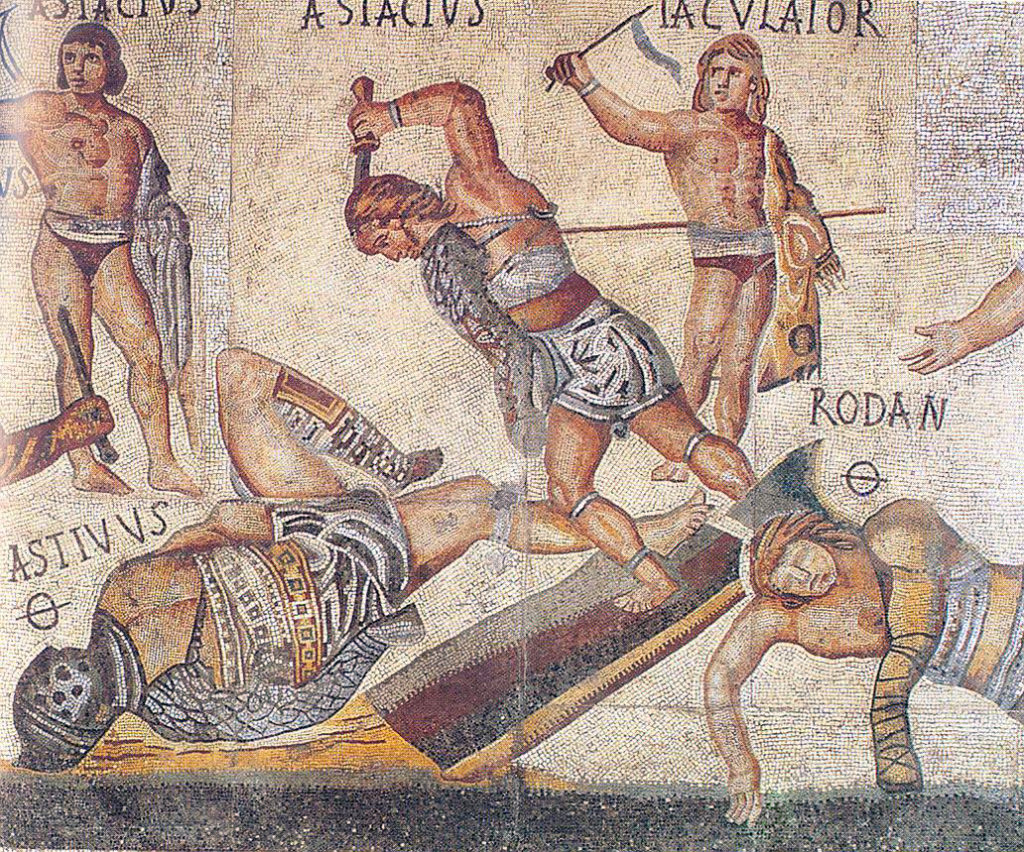Last updated on November 10th, 2023 at 07:01 am
Only two things in life are certain, opined the great American statesman Benjamin Franklin, death and taxes. Yet these are two things that we often forget to ask ourselves about in past societies like ancient Greece and Rome.
So this is not the forum for discussing how ancient taxes were levied and collected, but rather to ask what the common causes of death were in ancient Greece and Rome.

Infant Mortality and Childbirth in Ancient Greece and Rome
In Ancient Greece and Rome, as in virtually all other societies before the eighteenth century, the most common cause of death was complications owing to childbirth and infancy.
Natal complications and weak immune systems during infancy led to large numbers of deaths either in the first year of a child’s life or, to a lesser extent, in the first ten years of life.
An estimated 25% to 30% of all children died in the first year of life. This fact meant that parents generally had to accept in fourth century BC Athens or first century BC Rome that if they had six children, two would not survive past infancy, and a third would probably die before reaching adulthood.
After that, mortality risks declined considerably. This pattern held in medieval and early modern Europe. Child mortality continued to be very high until the advent of various medical interventions beginning in the late eighteenth century, most notably vaccines and the ability to intervene in complicated pregnancies through surgery.
Plague and Disease in the Ancient World
The same things which killed children also killed adults. Diseases such as measles and smallpox were highly virulent in the adult population of both Ancient Greece and Rome.
They killed many people, though less so than in child populations who were more susceptible to such illnesses.
For instance, the Antonine Plague of 165 AD to 180 AD, and the Plague of Cyprian, which ravaged the Roman Empire between 249 AD and 262 AD, were believed to have been caused either by smallpox or measles or perhaps a combination of the two.
The Antonine Plague killed between five and ten million people across the Empire, or 10-15% of the total population. Estimates of the mortality rate associated with the Plague of Cyprian are more mixed. The Empire was undergoing a profound political and economic crisis during the third century, and demographic data were less clear.
However, at its height, thousands of people were dying in Rome itself every day, and the population of Alexandria in northern Egypt, the second-largest city in the Empire, fell by over 50% between the 240s and the 260s AD.
Thus, diseases like these, which are a distant memory in the modern world and are heard of only in so far as people are quickly inoculated against them in one’s infant years, were devastating in ancient times.
Bacterial Disease
Other diseases also ran riot in ancient times, but these were bacterial rather than viral. They were brought about because of unsanitary conditions in crowded cities without adequate ways of dispensing waste.
In such conditions, bacteria spread efficiently and could cause epidemics, like viral diseases like smallpox and measles. Such was the case with the Plague of Athens, which struck the Greek city-state in 430 BC during the second year of the Peloponnesian War.
This was most likely a highly virulent wave of typhus, which killed between 70,000 and 100,000 of the city’s half a million people, including the leading politician of the city at the time, Pericles.
Other bacterial diseases rampant in the ancient world included cholera and diphtheria, while some were geography and seasonal-specific. Malaria, for instance, was common in the warmer parts of the Roman Empire during the summer months and was a major cause of death in Egypt, North Africa, and the Levant.
War in the Ancient World
Beyond child mortality and disease, war was a significant cause of death in ancient times. Alexander the Great’s wars resulted in probably more than 200,000 deaths in under fifteen years. This paled, though, compared to what the Romans were about to unleash.
Over a million people died during the three Punic Wars between the Roman Republic and Carthage in the third and second centuries BC. In addition, at least twenty thousand Roman legionaries were killed in the defeat at the Battle of Carrhae in the Middle East in 53 BC.
Later on, thousands of troops died in each of the dozens of major battles fought during the civil wars that brought the Roman Republic to an end in the first century BC.
Yet this was just the tip of the iceberg. As Rome’s armies grew ever greater under the Empire, wartime casualties expanded. Unfortunately, our sources for the third century AD are notoriously unreliable regarding deaths and statistical data. Still, millions of people died during the civil wars that ravaged the Roman Empire between 190s and 280s AD.
Other Causes of Death
These were just the foremost causes of death in the ancient world. Many other things caused widespread mortality. Crime and homicides would have led to a constant stream of dead bodies across the ancient Greek and Roman world in an age before CCTV or effective policing when it was simply much easier to get away with murder.
Fire was a constant danger, particularly in the cramped and crowded conditions of the cities of the Roman Empire.
The Great Fire of Rome in 64 AD is usually remarked on for the physical destruction of Rome that it wrought, but it also killed about 12,000 people. Many other things caused people to die, from venereal disease and cancer to flooding and the harmful effects of alcohol and opium.
Thus, the common causes of death in ancient Greece and Rome often mirrored our age, just on a far greater scale than is common today.
Sources
Nathan Pilkington, ‘Growing Up Roman: Infant Mortality and Reproductive Development’, in The Journal of Interdisciplinary History, Vol. 44, No. 1 (Summer, 2013), pp. 1–35.
J. F. Gilliam, ‘The Plague Under Marcus Aurelius’, in American Journal of Philology, Vol. 82, No. 3 (July 1961), pp. 225–251; Kyle Harper, ‘Pandemics and Passages to Late Antiquity: Rethinking the Plague of c. 249–270 described by Cyprian’, in Journal of Roman Archaeology, Vol. 28 (2015) pp. 223–260.
Robert J. Littman, ‘The plague of Athens: epidemiology and paleopathology’, in The Mount Sinai Journal of Medicine, Vol. 76, No. 5 (2009), pp. 456–467.
Peter Connolly, Greece and Rome at War (New York, 1998).
H. V. Canter, ‘Conflagrations in Ancient Rome’, in The Classical Journal, Vol. 27, No. 4 (January, 1932), pp. 270–288.

